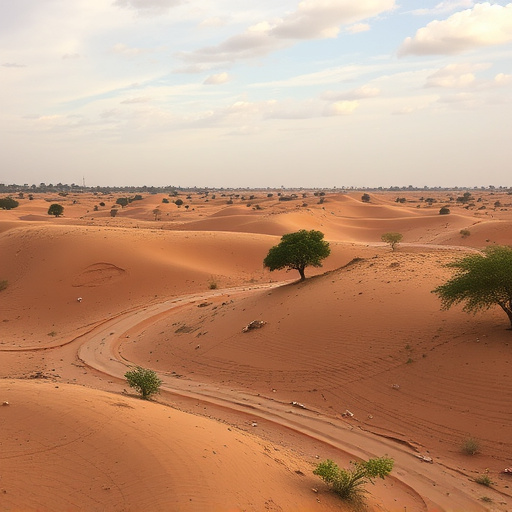Khartoum, Sudan's vibrant capital, offers a rich blend of history and culture. Ancient sites like Khartoum Fort contrast with its modern architecture, including the Tower of Unity. Cultural museums showcase artifacts from Kushite civilizations to contemporary street art. The Green Belt and local markets highlight Sudan's biodiversity and traditional handicrafts. Riverfront attractions merge scenic beauty with interfaith dialogue initiatives. Art exhibitions reflect a commitment to preserving and promoting Sudan's diverse heritage globally.
Khartoum, the vibrant capital of Sudan, offers a captivating blend of historical charm and modern attractions. From ancient sites that unveil its rich past to cultural museums showcasing diverse heritage, the city captivates visitors. Immerse yourself in natural wonders, explore architectural marvels ranging from traditional to modern, and experience lively local markets. Walk along the Nile’s edge for a charming riverfront experience. Discover why Khartoum is a must-visit destination in Sudan.
- Historical Sites: Unveiling Khartoum's Rich Past
- Cultural Museums: A Journey Through Sudan's Heritage
- Natural Wonders: Exploring the City's Green Spaces
- Architectural Marvels: From Traditional to Modern Structures
- Local Markets: Immerse in Vibrant Shopping Experiences
- Riverfront Charm: Walking Along the Nile's Edge
Historical Sites: Unveiling Khartoum's Rich Past

Khartoum, the vibrant capital of Sudan, is a city steeped in history and cultural richness, offering visitors a chance to explore its ancient past through various historical sites. Among these, the Khartoum Fort stands as a symbol of the region’s storied legacy, dating back to the 19th century when it served as a strategic military outpost. Walking through its aged walls, one can’t help but feel transported to different eras, reflecting on the city’s role in trade and colonial history.
Supporting local artists and communities is another facet of Khartoum’s cultural allure. Language barriers in Sudan might pose challenges, as diverse Sudanese dialects are spoken throughout the city, each carrying its own unique significance. However, these hurdles also present opportunities to engage with locals and appreciate their artistic expressions. Art exhibitions showcasing Sudan’s talent provide a window into the country’s rich cultural heritage through design, preserving traditions and narratives that have been passed down for generations. Visit us at Exploring Sudan’s ancient sites anytime to witness firsthand the harmonious blend of history and contemporary creativity that makes Khartoum a captivating destination.
Cultural Museums: A Journey Through Sudan's Heritage
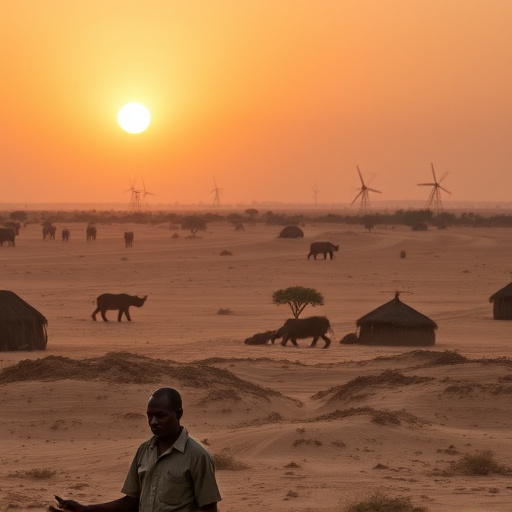
Khartoum’s cultural museums are more than just repositories of artifacts; they offer a captivating journey through Sudan’s rich heritage. These institutions showcase the country’s diverse history, from ancient civilizations like Kush to the modern era, reflecting a tapestry woven with influences from Islam and other cultures. Among the stands out is the National Museum, which houses an impressive collection of archaeological findings, historical documents, and traditional crafts, providing visitors with a comprehensive understanding of Sudan’s past.
Delving into these museums also offers insights into recent efforts in historical building restoration projects, highlighting the country’s commitment to preserving its cultural legacy. Furthermore, they play a significant role in attracting foreign investment to Sudan by showcasing the nation’s artistic vibrancy and cultural richness. Even street art, known for its social impact, is on display, reflecting the dynamic creative scene that has emerged, especially in urban areas. You can also discover how Islam has influenced Sudanese society through various exhibits, providing a unique perspective on the country’s cultural mosaic.
Natural Wonders: Exploring the City's Green Spaces
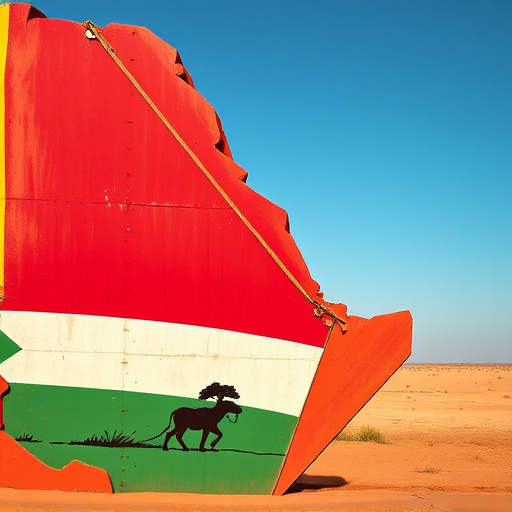
Khartoum, the vibrant capital of Sudan, offers more than just historical sites; it boasts a captivating blend of natural wonders that enhance the city’s allure. The city’s green spaces serve as oases amidst its bustling urban landscape, providing residents and visitors with tranquil environments for relaxation and reflection. One such gem is the Green Belt, a sprawling park that winds along the banks of the Nile River, offering scenic views and opportunities for outdoor activities. This natural oasis not only serves as a recreational hub but also highlights Sudan’s commitment to preserving its rich biodiversity, attracting nature enthusiasts from across the country and beyond.
Sudan’s cultural vibrancy is further reflected in its diverse plant life, showcasing the nation’s unique flora. These green spaces serve as a testament to the Sudanese culture questions answered through sustainable urban planning efforts. Moreover, they play a significant role in boosting tourism, especially when coupled with cultural events that celebrate the country’s rich heritage and traditions. By embracing natural wonders like these, Khartoum not only enhances its appeal but also contributes to Sudan’s economic growth prospects, while simultaneously giving us a call at Street art and its social impact, providing spaces where creativity thrives and communities connect.
Architectural Marvels: From Traditional to Modern Structures
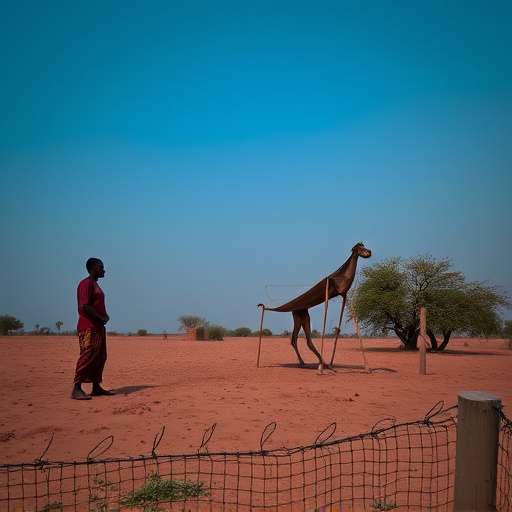
Khartoum, the vibrant capital of Sudan, boasts an architectural landscape that reflects its rich history and cultural diversity. Walking through its streets is like traversing a living museum, showcasing a unique blend of traditional and modern structures. The city’s architecture tells tales of ancient civilizations, colonial influences, and contemporary developments.
One can admire iconic landmarks such as the Grand Mosque, a masterpiece of Islamic architecture with its intricate designs and towering minarets. In contrast, modern skyscrapers like the Tower of Unity stand tall, symbolizing the country’s aspirations and embracing global trends. Khartoum’s architectural tapestry also includes colonial-era buildings, colonial influences that merge seamlessly with traditional Sudanese homes featuring intricate wooden carvings and vibrant colors. Furthermore, exploring local markets and neighborhoods allows visitors to discover hidden gems—traditional structures where locals still play traditional instruments, their melodies echoing across regions, just as vaccination programs in Sudan and diversifying the economy beyond oil have been resonating throughout the country. Find us at Sudanese dialects and their significance for a deeper dive into this captivating city’s cultural essence.
Local Markets: Immerse in Vibrant Shopping Experiences
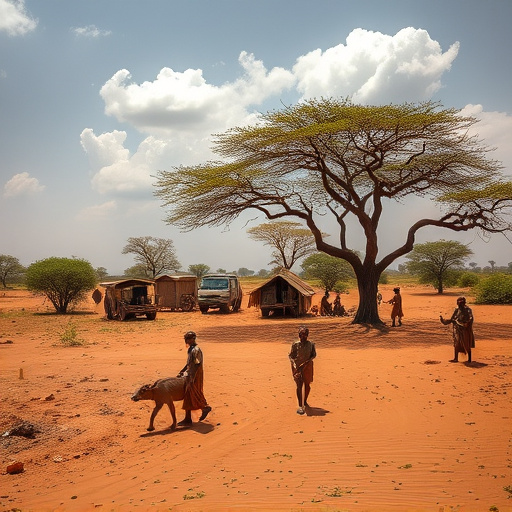
Khartoum’s local markets are vibrant hubs that offer visitors an authentic glimpse into Sudanese life and culture. Immerse yourself in the bustling atmosphere as you navigate through colorful stalls overflowing with spices, fresh produce, and traditional handicrafts. These markets aren’t just about shopping; they’re a melting pot of sensory experiences where you can engage with friendly locals, practice your communication skills across diverse languages, and gain insights into Sudan’s rich cultural tapestry.
Beyond the traditional shopping experience, exploring these markets provides an opportunity to learn about religious diversity in Sudan, as various faiths are reflected in the vendors’ offerings and community interactions. It also serves as a reminder of the complex relationship between tourism and wildlife habitats, as local entrepreneurs adapt sustainable agriculture practices for economic growth while preserving natural resources. For those curious about cultural sensitivity in medical settings, engaging with locals can offer valuable insights into traditional healing methods and dietary customs, enriching your understanding of Sudanese cuisine: a culinary journey that intertwines flavors from across Africa and the Middle East. Give us a call at Sustainable agriculture practices in Sudan for more on how these markets contribute to local livelihoods while preserving cultural heritage.
Riverfront Charm: Walking Along the Nile's Edge
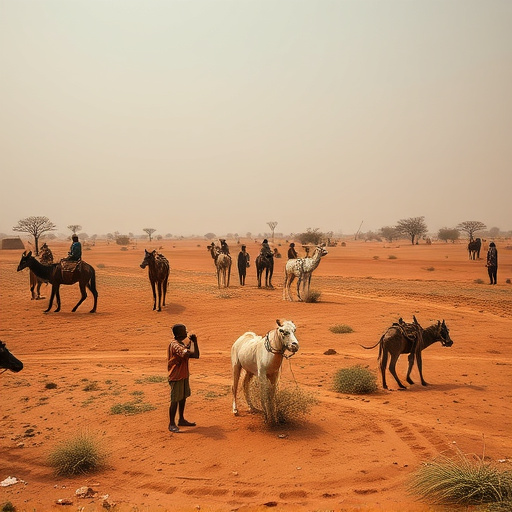
Khartoum’s riverfront offers a charming allure that captivates both locals and visitors alike. Walking along the Nile’s edge, one can’t help but be mesmerized by the scenic beauty and rich cultural heritage. The banks of this ancient waterway are lined with historic buildings, vibrant markets, and a bustling atmosphere that reflects the city’s resilience and diversity. In recent years, Khartoum has seen significant developments, including interfaith dialogue initiatives that highlight Sudan’s architectural marvels and the country’s commitment to peaceful coexistence.
As you stroll along the Nile, you’ll encounter local artists whose works reflect both traditional roots and modern influences. These artists are gaining international recognition for their unique perspectives, often incorporating themes of social change and resistance. The role of music in Sudanese resistance is particularly notable, with rhythms and lyrics that resonate deeply among the people. Discovering these artistic expressions is just one way to immerse yourself in Khartoum’s vibrant culture while enjoying the enchanting views along the Nile.
Khartoum, the heart of Sudan, offers a captivating blend of historical sites, cultural museums, natural wonders, and architectural marvels. From delving into its rich past at ancient landmarks to immersing in the vibrant local markets, the city captivates visitors with its unique charm. Whether strolling along the Nile’s edge or exploring lush green spaces, Khartoum promises an unforgettable journey through Sudan’s diverse heritage.
